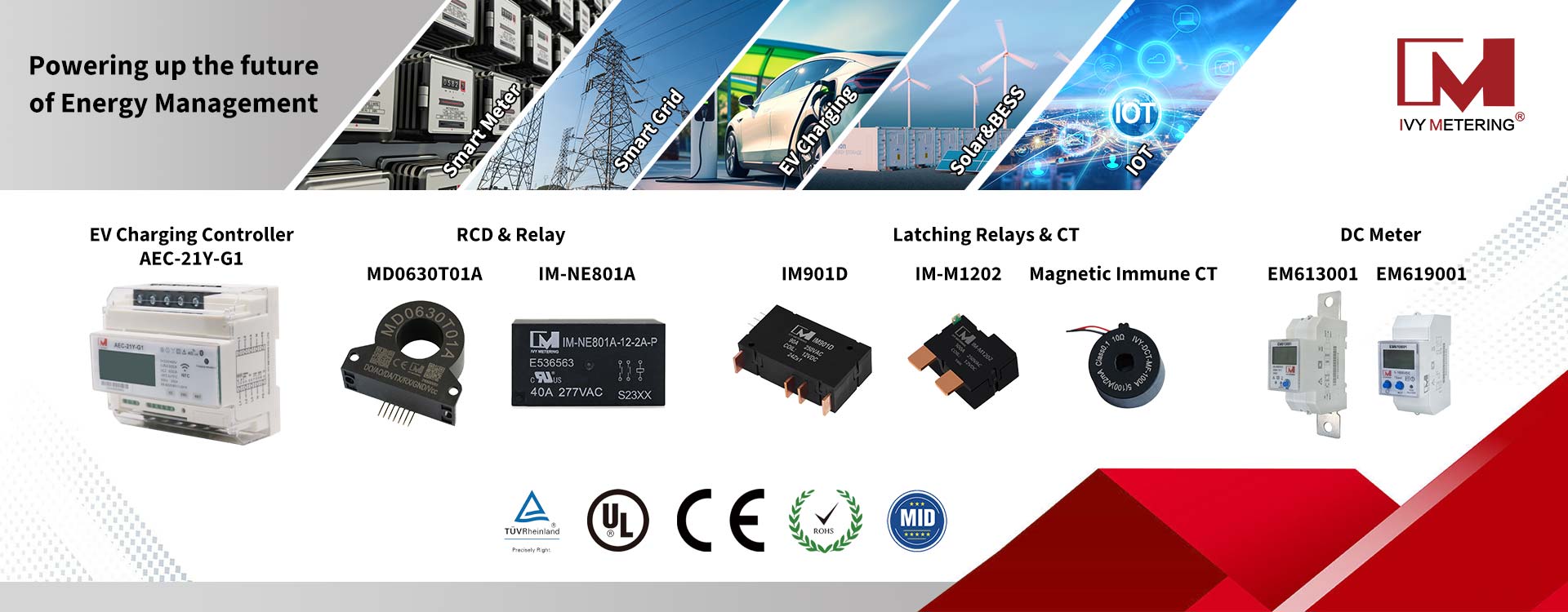6 mA DC fault current detection
Tesla specify the use of Doepke’s DFS4 A EV RCCBs with their charge points, to meet the revised safety requirements in IEC61851-1, following the withdrawal of the old standard in July 2017.The standard highlights the risks associated with smooth dc fault currents in AC EV charging applications, employing socket-outlets and RCDs for additional protection. IEC61851-1 2017 specifies the use of Type B RCDs or Type A with appropriate equipment that can detect dc fault currents and disconnect the supply, if the fault current exceeds 6 mA dc. Type A EV RCCBs incorporate this functionality and will trip when the 6 mA DC limit is exceeded.
In 2021, there are some new standard in IEC62955, which specify that 6mA DC fault current detection in DC fast EV charger.The Type EV RCCB has been developed specifically for EV charging systems and can detect AC and DC residual currents in accordance with the requirements of IEC62955. This provides a lower cost option to the Type B RCD, and has been designed specifically for use in Mode 3 and Mode 4 EV charging applications. In this standard, Measures must also be taken to ensure protection in the case of smooth DC residual currents that are higher than 6 mA.
New energy is developing everyday, the EV and EV charger are under development as well. So the EV charger parts are under huge demand such as our residual current monitor- MD0630T01A. This RCD module can be used to detect any DC current level above 6mA and its output can be used to operate a relay.
In any case, the safety protection of the charging pile itself and the protection of personal safety will never go out of fashion, as we know that electrical safety mainly includes both personal safety and equipment safety. IVY METERING CO., LTD will continue to serve the charging pile - metering,connection and protection. If you have any further technical questions on this leakage current sensor plz contact us via ebp@ivy-metering.com
 Next: Relay Market in Turkey
Next: Relay Market in Turkey











